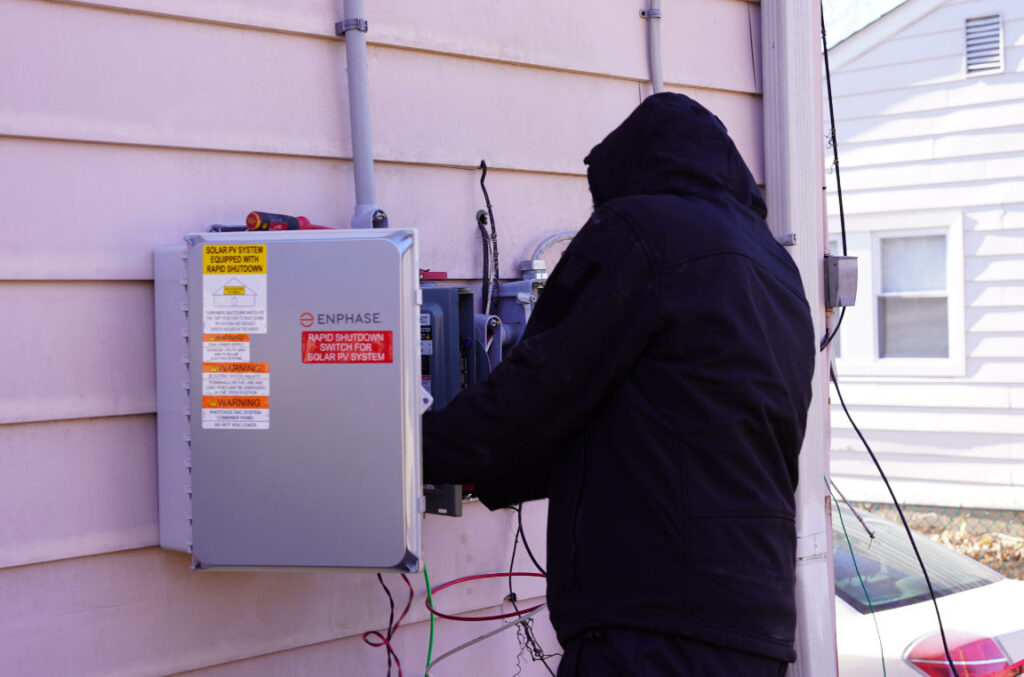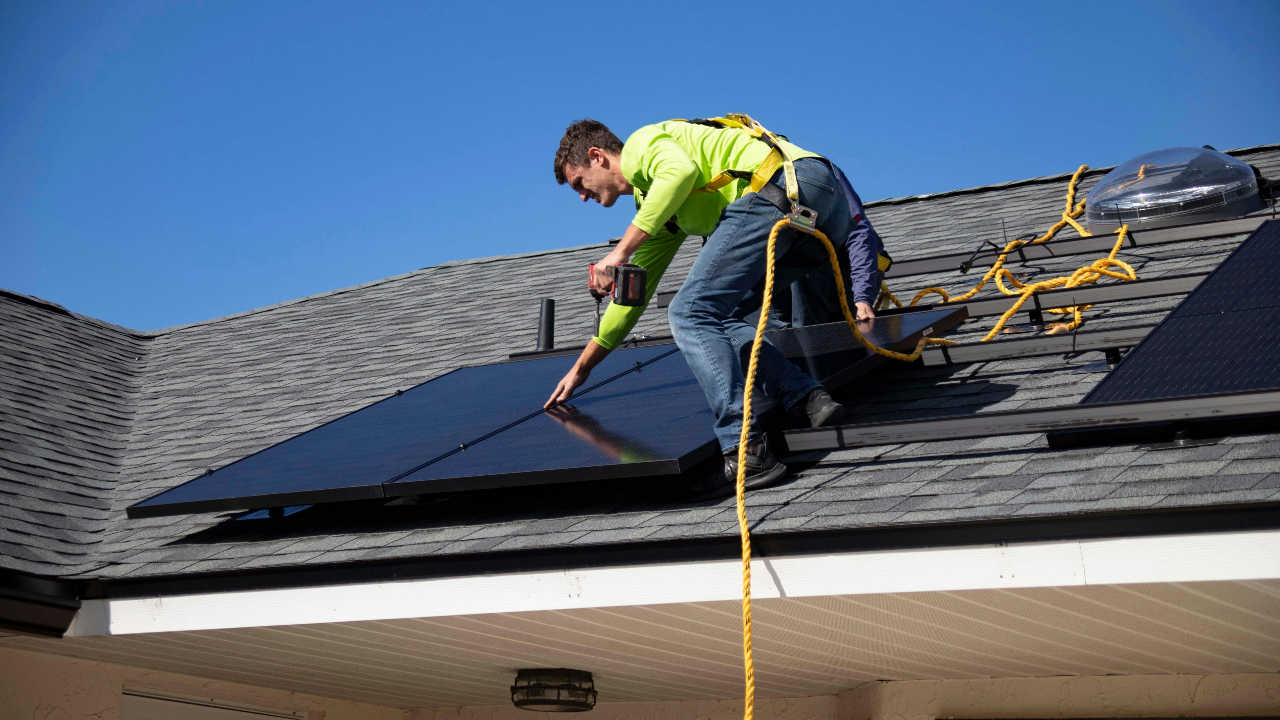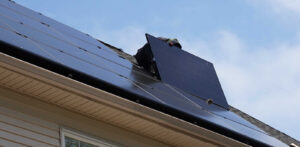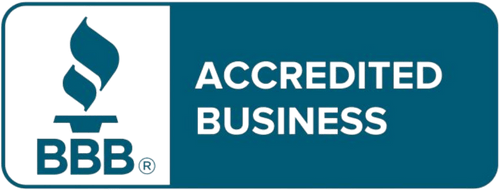Solar panels are a long-term investment in renewable energy, offering reliable power generation with minimal upkeep. However, neglecting maintenance can lead to decreased efficiency and costly repairs. While many assume solar panels are entirely self-sufficient, routine care ensures they perform optimally for decades. A common misconception is that rain naturally keeps panels clean, eliminating the need for manual cleaning. While rain can wash away some debris, it often leaves residue behind, especially in dusty or polluted environments.
Another myth is that solar panels require frequent servicing, but in reality, basic maintenance checks a few times a year are usually sufficient. This guide covers essential maintenance tasks to help you keep your solar panels in peak condition. From visual inspections to monitoring energy output, these simple steps will ensure your system operates efficiently and lasts as long as possible.
Essential Maintenance Tasks
Regular Visual Inspections
Routine visual checks are the first line of defense in maintaining solar panel efficiency. Performing inspections every few months can help catch minor issues before they escalate into major problems.
- How often should you inspect?
Every three to six months is ideal, depending on environmental factors like weather conditions and local wildlife activity. After extreme weather events, such as storms or hail, additional inspections may be necessary.
- What should you look for?
- Cracks or scratches: Even small surface damage can reduce efficiency over time.
- Loose or frayed wiring: Exposed or damaged wires can be a fire hazard and should be addressed immediately.
- Discoloration or burn marks: These can indicate overheating issues or electrical faults.
- Debris buildup: Leaves, bird droppings, and dust can accumulate on or around the panels, blocking sunlight and reducing output.

Keeping Solar Panels Clean
Solar panels rely on direct sunlight to generate electricity, and even a thin layer of dust or debris can reduce their efficiency. Over time, dirt, leaves, bird droppings, and other contaminants accumulate on the surface, blocking sunlight and lowering energy output. In particularly dusty or polluted areas, the loss can be significant if the panels aren’t cleaned regularly.
- Recommended Cleaning Methods
The safest way to clean solar panels is with a soft brush or a microfiber cloth paired with a gentle stream of water from a garden hose. Avoid abrasive materials or harsh chemicals, as they can scratch or degrade the protective coating on the panels. For stubborn dirt, a mild soap solution can be used, but rinse thoroughly to prevent residue buildup.
- Cleaning Frequency Based on Location
- Urban and industrial areas: Pollution and airborne particles can settle on panels quickly, requiring cleaning every three to four months.
- Rural or residential areas: Less pollution means cleaning is needed roughly twice a year.
- Desert or high-dust regions: Dust storms and dry conditions can require monthly cleaning.
- Near trees or bird habitats: Frequent bird droppings may necessitate more regular maintenance.
Monitoring Energy Output
One of the easiest ways to detect maintenance issues early is by tracking your solar system’s energy output. Most modern solar installations come with built-in monitoring tools that provide real-time data on energy production, helping homeowners identify fluctuations or potential problems.
- Using Built-in Monitoring Tools
Monitoring systems display data on daily, monthly, and yearly energy production, allowing you to compare current output with past performance. Many solar inverters come with digital displays, and some systems even offer mobile apps for remote tracking.
- What Fluctuations in Output Indicate
- Gradual decline: This could signal dirt buildup, shading from growing trees, or aging panels.
- Sudden drop: A sharp decrease in output may indicate a system fault, such as damaged wiring, a malfunctioning inverter, or a broken panel.
- Inconsistent performance: If energy levels fluctuate drastically without weather-related reasons, there may be an electrical issue or a failing component.
- When to Seek Professional Assessment
If output levels drop significantly and cleaning or shading adjustments don’t resolve the issue, it’s best to consult a solar technician. Professionals can inspect wiring, test the inverter, and diagnose hidden faults that may not be visible during routine inspections.

Inspecting Electrical Wiring
Faulty wiring can lead to efficiency losses, electrical hazards, or even system failure. Regularly checking your solar panel wiring ensures safe and consistent energy production.
- Checking for Frayed or Damaged Wires
Over time, exposure to weather, pests, or general wear can cause wiring to degrade. Look for:- Frayed or exposed wires
- Burn marks or melted insulation
- Loose or corroded connections
- Signs of rodent damage
- Safety Measures Before Handling Wiring
- Always turn off the solar system before inspecting any electrical components.
- Avoid touching exposed wires with bare hands.
- Wear insulated gloves if you need to move or adjust wiring.
- Keep water and metal tools away from electrical components.
Tightening Bolts and Screws
A secure mounting system keeps solar panels stable during high winds and harsh weather conditions. Loose fasteners can cause misalignment, efficiency loss, or even panel damage over time.
- Importance of a Secure Mounting System
- Ensures panels stay in the optimal position for sunlight exposure.
- Prevents structural strain and premature wear on the frame.
- Reduces the risk of panels detaching during extreme weather.
- Recommended Schedule for Checking Fasteners
- Inspect all bolts, screws, and mounting brackets every six months.
- After strong winds or storms, check for any loosened components.
- If bolts repeatedly loosen, consider using thread-locking compounds or upgrading mounting hardware.
Scheduling Professional Inspections
Even with regular DIY maintenance, professional check-ups can identify issues that homeowners may overlook.
- Annual Professional Check-Ups
Solar technicians should inspect your system at least once a year to:- Test inverter functionality.
- Inspect internal wiring and electrical connections.
- Measure system efficiency and diagnose performance issues.
- Check for hidden structural problems, such as frame corrosion.
- Issues Professionals Can Detect That Homeowners Might Miss
- Microcracks in the panel’s surface that reduce efficiency.
- Electrical resistance in wiring that impacts energy flow.
- Inverter or battery storage issues affecting performance.
- Cost vs. Benefit of Professional Maintenance
While inspections may cost between $100–$300, they can prevent costly long-term damage and optimize energy output, making them a worthwhile investment. Some solar providers offer maintenance packages, which can save money on repairs over time.
Best Practices for Cleaning Solar Panels
Regular cleaning keeps panels operating at peak efficiency, but improper cleaning methods can cause damage. Follow these best practices for safe and effective cleaning.
- Why Early Morning or Evening is Ideal
- Cleaning panels in direct sunlight can cause streaking due to rapid water evaporation.
- Early morning or late evening cleaning ensures even drying and prevents heat-related damage.
- Rainy days can be a natural rinse, but manual cleaning is still necessary in high-dust areas.
- Safety Precautions Before Cleaning
- Always turn off the solar panel system before cleaning to avoid electrical risks.
- Refer to the manufacturer’s manual for specific shutdown instructions.
- If cleaning near electrical components, avoid excessive water exposure.
- Recommended Tools and Materials
- Soft brushes or microfiber cloths to prevent scratching.
- Low-pressure hose spray to rinse off debris.
- Mild soap solution for stubborn dirt (avoid strong detergents).
- Extendable cleaning poles for rooftop panels to avoid climbing.
- What to Never Use on Solar Panels
- High-pressure washers: The force can crack the panels or loosen wiring.
- Abrasive sponges or metal brushes: These can scratch the glass and reduce efficiency.
- Strong detergents or ammonia-based cleaners: Chemicals can degrade the protective coating.
We Keep Your Solar Panels Running at Their Best
Regular maintenance is the key to keeping your solar panels operating efficiently for years. Simple tasks like visual inspections, cleaning, and monitoring energy output help prevent issues before they become costly problems. Trimming surrounding vegetation, checking electrical wiring, and scheduling professional inspections add even more protection, ensuring your system continues to perform at its peak.
At Sunwise Energy, we make solar maintenance easy. Our team ensures your panels stay clean, secure, and efficient, so you can enjoy maximum energy savings without the hassle. If you need a routine check-up or a full system inspection, we’re here to help.










